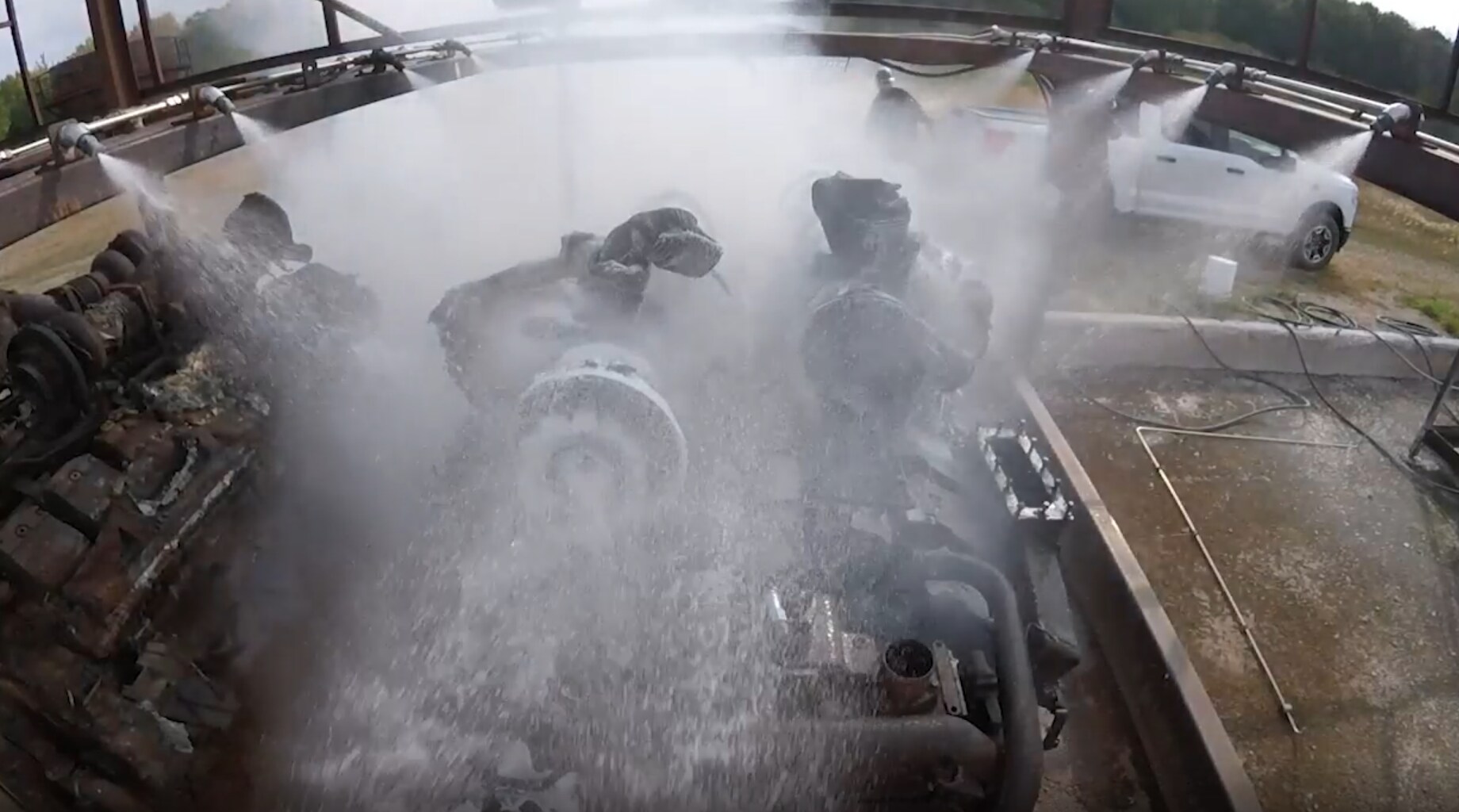Modern fire suppression systems: A risk-based approach to technology selection in special hazards
Over time, various technologies have been developed for fire protection systems. Most people are familiar with two primary methods: water sprinklers and hand-portable extinguishers. However, even within these two categories, there has been significant advancement, allowing engineers to select the most suitable technology for the specific hazard being addressed.
It is a common misconception, especially among those without engineering expertise, that one type of fire protection technology can be universally applied to all scenarios. In reality, the behaviour and development of fires can vary significantly with just the introduction of one different factor. Therefore, it is essential for engineers to thoroughly analyse each situation through a comprehensive Fire Risk Assessment, taking into account all potential variables and scenarios. By doing so, they can choose the most efficient and advanced technology tailored to the specific hazard, ensuring not only rapid control but also the ultimate extinguishment of any fire, thereby safeguarding lives, property, and the environment.
Choosing the most efficient and reliable technology for the specific hazard can be challenging, and sometimes it is not fully reviewed. Often, the selection is based on similar hazards, leading to the continued use of common technology without a more in-depth analysis to determine if all the different factors in the specific hazard are equal, and if the previously implemented solution is still performing as expected. A common example is the standalone Dry Chemical Fire Suppression system used on heavy-duty machinery, and one of the known systems is the ANSUL® A-101. Several years ago, a wet chemical solution (also known as liquid fire suppression) was added to the time-proven dry chemical fire suppression system when the need for cooling super-heated surfaces arose. At the time, and even sometimes today, it is common to see these two technologies combined, known as dual-agent or twin-agent fire protection.
The challenge of combining technologies
Various factors influence the chemical reactions of a given fuel within a specific environment. While we will not delve into these details here, the overall aim is to utilize an agent that reacts effectively to the fuel and environment during a fire, allowing it to be controlled, suppressed, or extinguished efficiently. Efficiency in this context means achieving results in a short period of time with an optimised amount of agent and effective cooling.
When discussing fire protection agents, it encompasses different substances with various chemical compositions and forms used in fire protection technologies. This implies that there could be multiple potential technologies within the same category.
An example is, dry chemical agents are typically in powder form and can have various chemical formulations such as Monoammonium Phosphate, Sodium Bicarbonate, and Potassium Bicarbonate (Purple-K), each with its own advantages and disadvantages. Monoammonium Phosphate is effective in fighting Class A fires and is not electrically conductive; however, it requires thorough cleaning and if not promptly cleaned, it can be corrosive to metals. In contrast, Potassium Bicarbonate does not possess this disadvantage but is less effective in Class A fires.
Combining different agents can be challenging. Engineers typically review various methods to achieve this, such as engineering two agents that are compatible or one agent that can be mixed with another following a precise sequence to optimize their effects at a specific time. Similarly, in music, timing notes correctly achieves the desired harmony.
To clarify, the process of combining or mixing agents does not necessarily occur within the same distribution network; rather, it predominantly takes place within the protected area. This process presents numerous engineering challenges that require meticulous attention and innovative solutions. Engineers typically evaluate several methods to achieve optimal results. This may involve designing two compatible agents or configuring one agent to be mixed with another in a precise sequence to maximize their effectiveness at a specific time. Additionally, engineers may focus on partitioning hazards and developing agents with minimal negative performance impact on each other.
Without delving into extensive detail, this procedure can be likened to driving a high-performance car. In such a scenario, one would not use inferior brakes or apply braking after navigating a corner without ABS (Anti-lock Braking System). For the brakes to be effective, the solution must withstand the heat and force within a short period. However, without the correct timing, even high-performance brakes are rendered useless if implemented incorrectly or too late. Furthermore, without ABS controlling the brake balance, the timing or performance of the brakes becomes irrelevant. Thus, the integration and coordination of these elements are crucial for achieving the desired outcome.
The outcome of well thought engineering
Challenges do not signify an impossibility for engineers. After some effort and trial and error, it is possible to achieve new hybrid technology. Two notable examples are the ANSUL® PIRANHA system, designed for commercial kitchens, and the ANSUL® Twin- or Dual-Agent Vehicle system, primarily intended for off-road heavy-duty vehicles. These represent two distinct challenging environments, where operations are often demanding or continuous (24/7), and where there may be different types of fuels or various hazard areas, or a combination of both. In such scenarios, the performance of the fire protection system is critical. It must act swiftly to extinguish the fire and, in many cases, provide rapid cooling of heated surfaces.
The ANSUL® PIRANHA fire protection system uses two technologies in sequence: the application of a wet chemical followed by water. Some may question how water can be used for cooking oil fires, but this technology is designed to function effectively when applied correctly. The critical factors are the sequence and the appropriate chemical compound. The ANSUL® PIRANHA system for commercial kitchens uses a proprietary wet chemical called PRX, which acts as a high-performance agent. Upon discharge, it rapidly controls and suppresses the fire, extinguishing it within seconds. Additionally, it cools down hot surfaces to prevent autoignition. The application of water significantly enhances the performance of the PRX agent by not only improving the soap-like foam generation but also accelerating the cooling process. This dual action results in more efficient fire suppression. Furthermore, the water application increases the effective height and coverage area of the nozzles. In the ANSUL® PIRANHA Restaurant Fire Suppression System, the nozzles could be strategically positioned at a height greater than 2 meters above the hazard area or around 3 meters from the floor, taking into account the standard appliance height of 900 mm.
A similar strategy is used in the ANSUL® Twin- and Dual-Agent Vehicle Fire Suppression System, where a combination of dry and wet chemicals is applied. Heavy-duty machines require significant power, typically provided by turbochargers, which can become very hot, similar to exhaust pipes. These machines, although immense in appearance, are compact due to limited space between components, and they operate in extreme conditions where dirt can accumulate. Through radiation or another heat source (such as an electric spark), accumulated combustible particulate matters (class A) or residual hydraulic or diesel fuel (class B) could auto-ignite (or ignite). Dry chemicals like Monoammonium Phosphate are efficient for Class A fires but underperform when it comes to cooling down, which is crucial given the high temperatures reached by turbocharged and exhaust manifolding systems. This is where a wet chemical agent plays a critical role: it enhances the fire suppression and extinguishing, by quickly cooling down affected surfaces.
So, is Hybrid the solution all?
No single solution fits all scenarios. Hybrid technologies are typically tailored to address specific hazards, and like any technology, they must evolve. Contrary to the belief that fire hazards remain constant over time, they are influenced by changes in their environment and equipment (Machine, appliances, structures, etc). For instance, modern off-road heavy-duty vehicles are significantly larger than those from 30 years ago, and their internal hazards have also evolved.
Moreover, contemporary considerations include the environmental impact of solutions and the need for businesses to resume operations swiftly. Therefore, technology must adapt to these evolving requirements. A prime example is the ANSUL® LVS NF-40 fire protection technology for heavy-duty vehicles. This technology is a non-fluorinated agent formulated without the addition of PFAS, making it environmentally friendly. Additionally, it is easier to design and install.
In conclusion, the evolution of fire protection technologies is essential to address the dynamic nature of modern hazards. As we have seen, well-tailored twin- and dual-agent technologies can be the best solution in some scenarios, but in other scenarios, they can be inefficient. Continuous development of fire protection technologies is crucial to meet the changing demands and special hazards, ensuring not only the safeguarding of life, assets, and business operations but also compliance with regulations and reduction of environmental impact. This is why ANSUL® has an extensive portfolio of diverse fire protection solutions to meet the demands, continuous changes, and specific hazards and designs. Our mixed portfolio of products offers the option to select the most efficient solution without compromising fire protection performance, thereby providing comprehensive safety and reliability.
About the author:
Manuel Alejandro Rea Yepez is an expert in Fire Protection Technologies, holding dual master’s degrees in engineering and business. With over seven years of experience conducting technical audits, supporting product and service development, and working closely with customers, he brings deep industry insight and a strong commitment to delivering tailored fire safety solutions
Manuel Rea (He/Him/His)
www.johnsoncontrols.comTwitter: @JohnsonControls
LinkedIn: Johnson-Controls
The power behind your mission

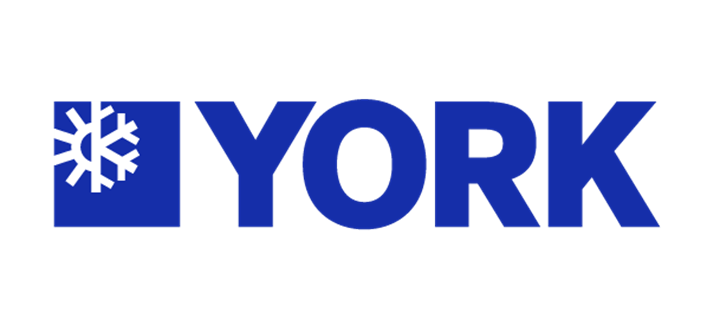
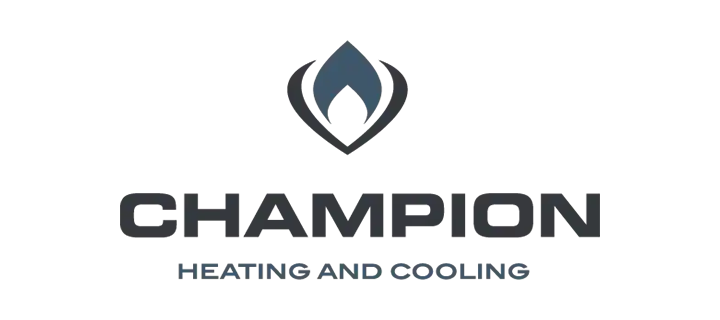
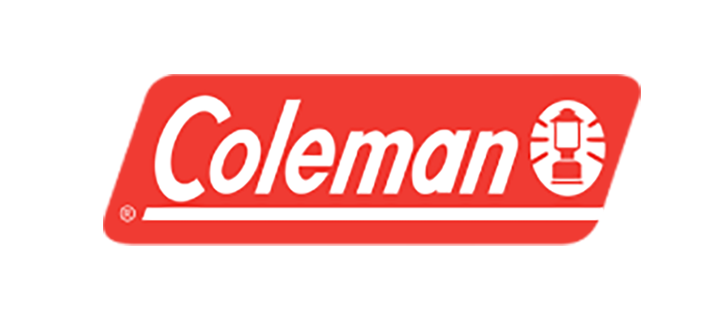
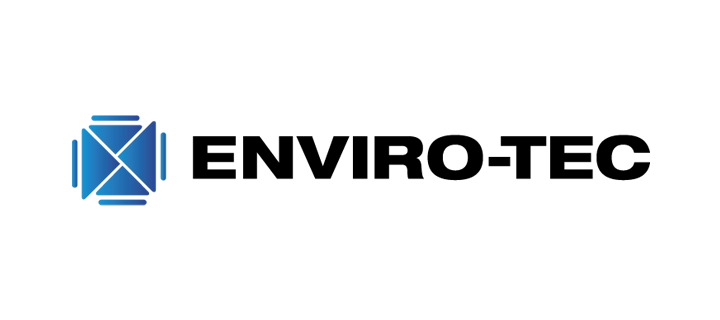
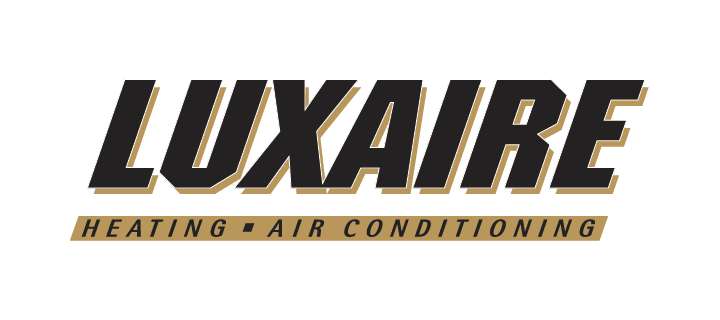
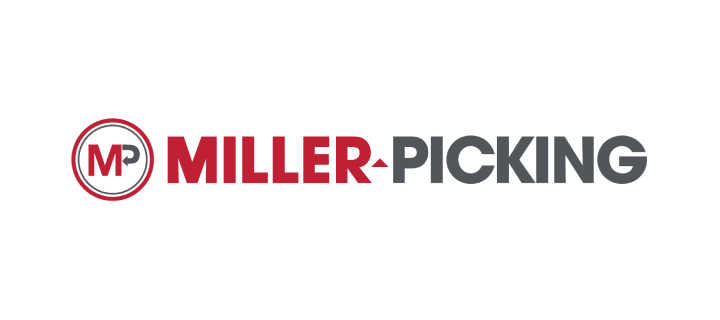

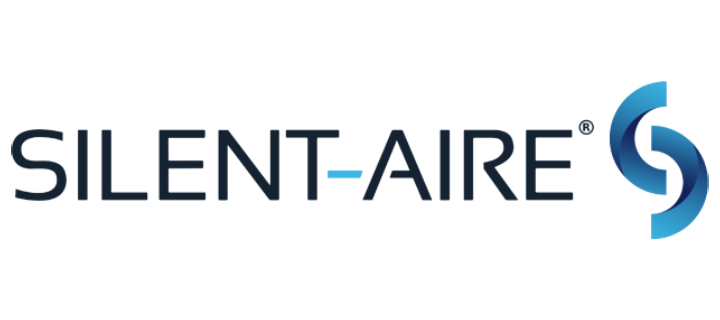
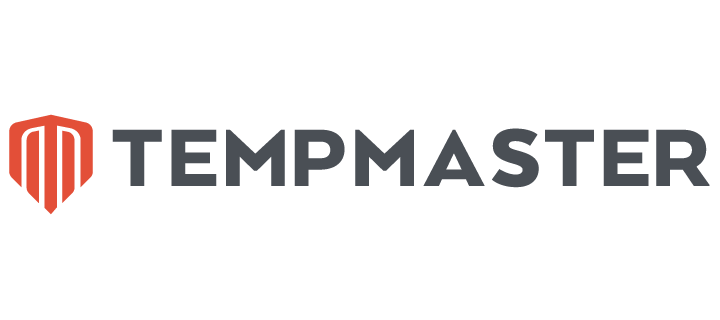





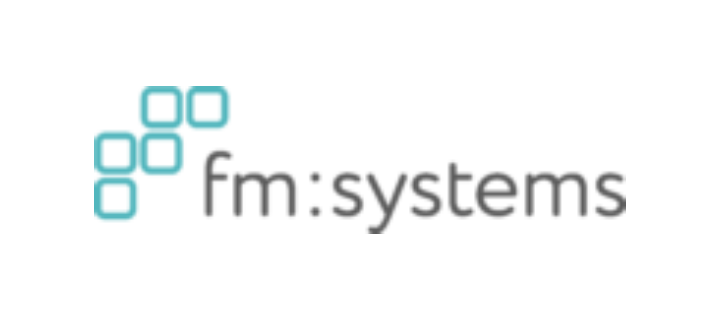


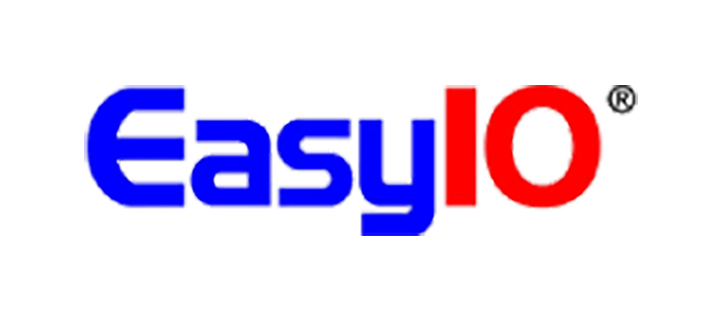
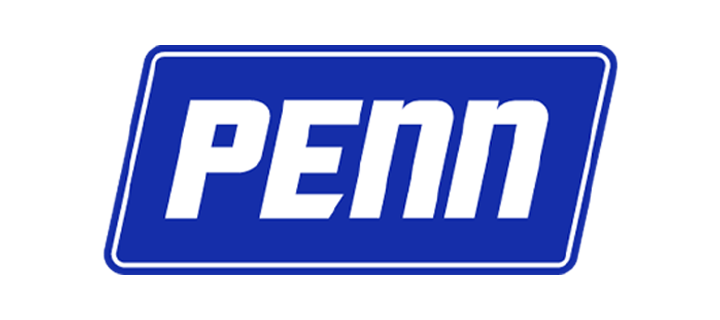

.jpg?la=en&h=320&w=720&hash=244C75B74F0F77521D56164450973BCD)
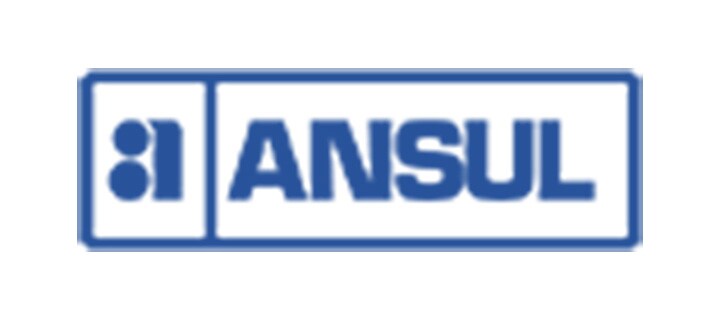
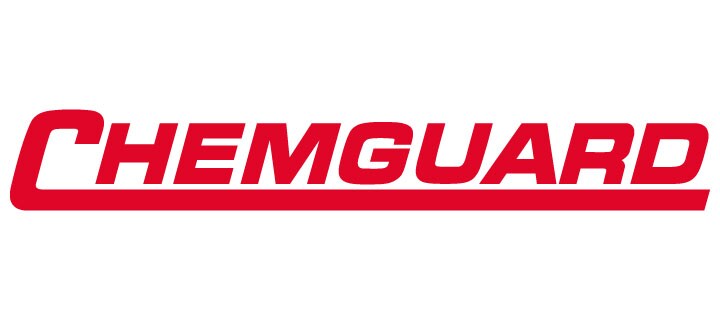
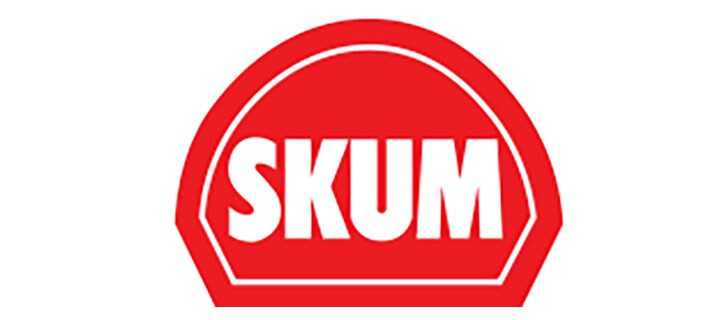
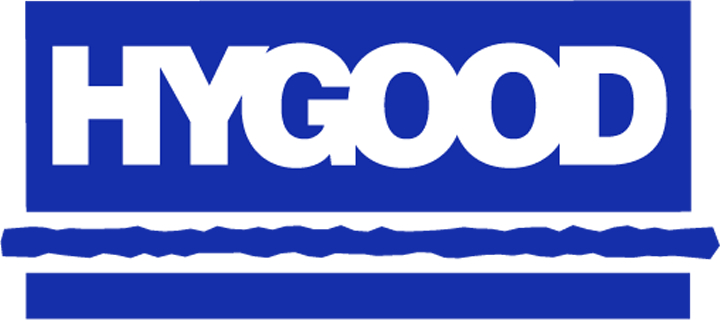
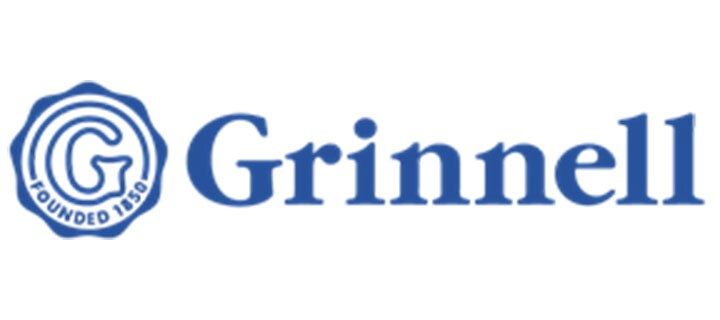
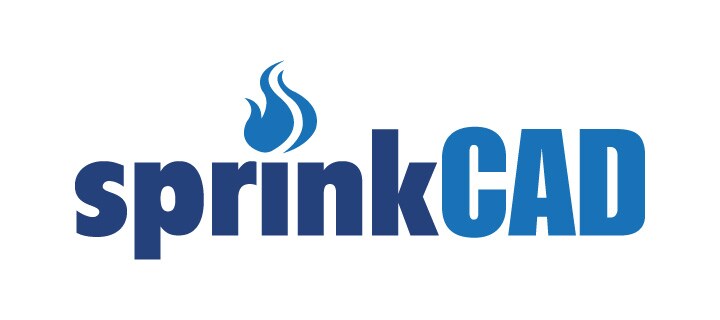
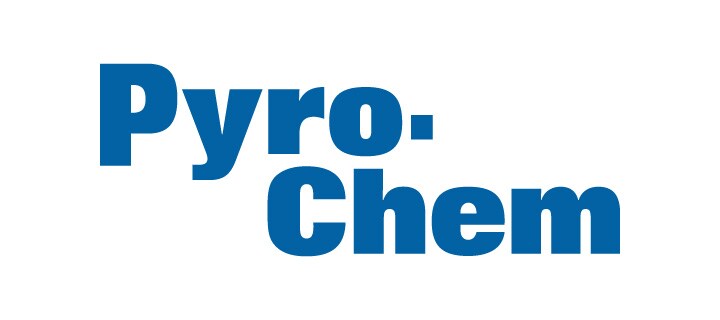
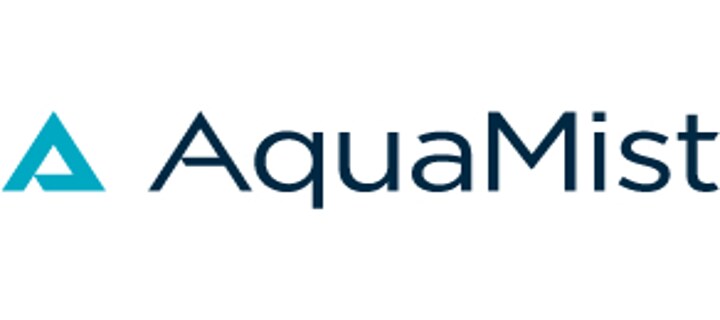

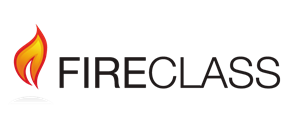

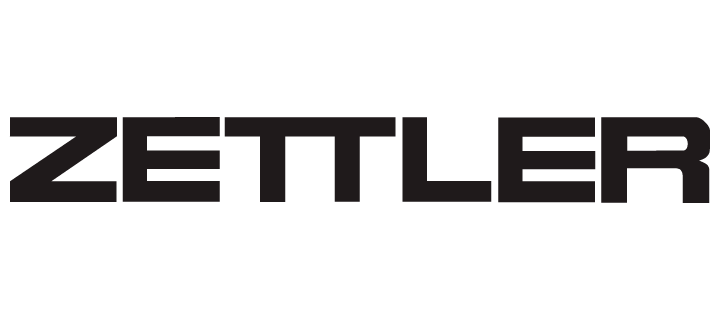
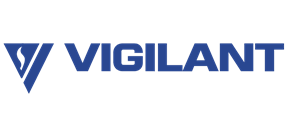
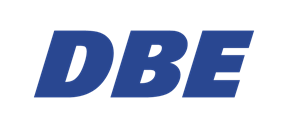
.jpg?la=en&h=310&w=720&hash=8D9823F26AA80B2B75C3E4B2E61770DC)
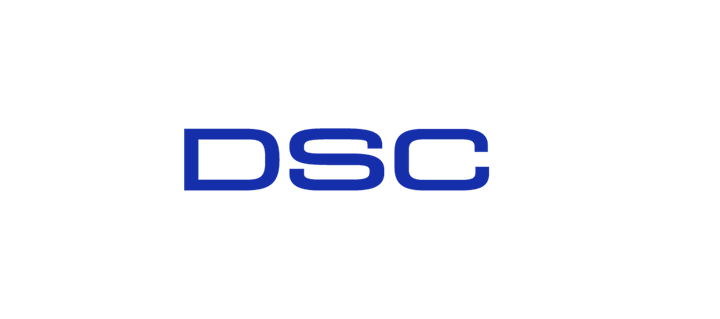
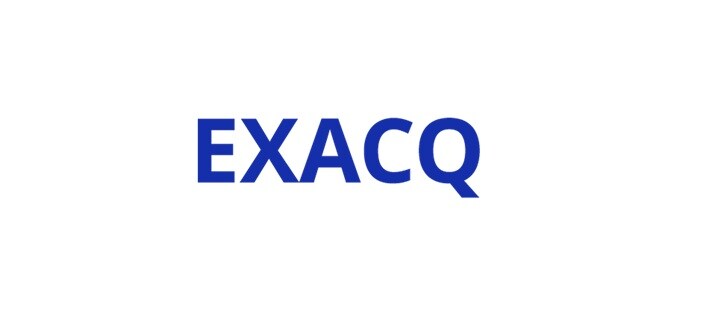
.jpg?la=en&h=320&w=719&hash=13CA7E4AA3E453809B6726B561F2F4DD)
.jpg?la=en&h=306&w=720&hash=F21A7CD3C49EFBF4D41F00691D09AEAC)

.png?la=en&h=320&w=720&hash=18CFCCD916C92D922F600511FABD775D)







